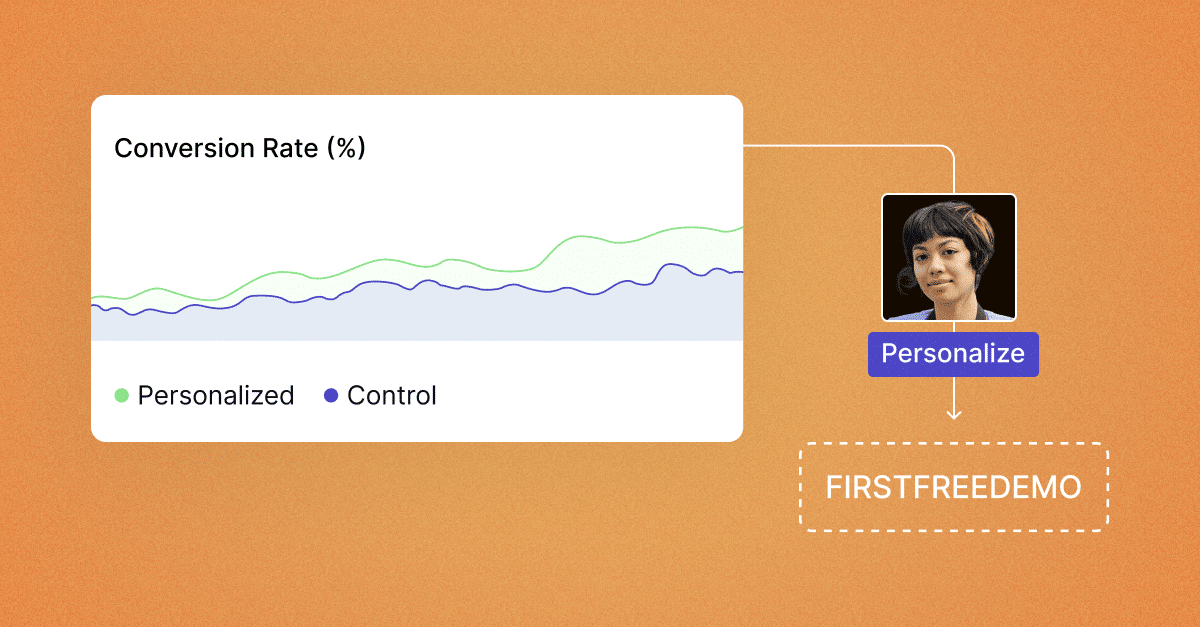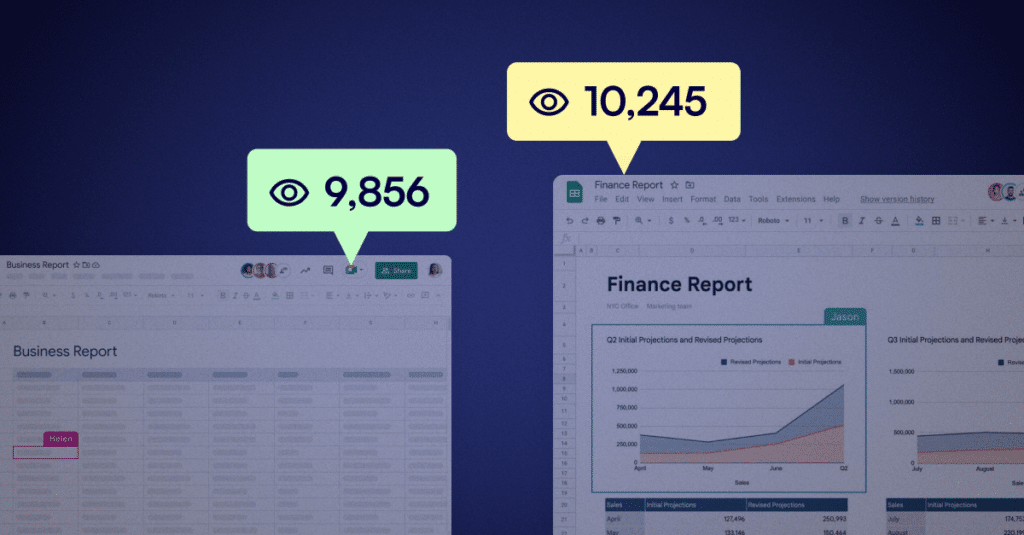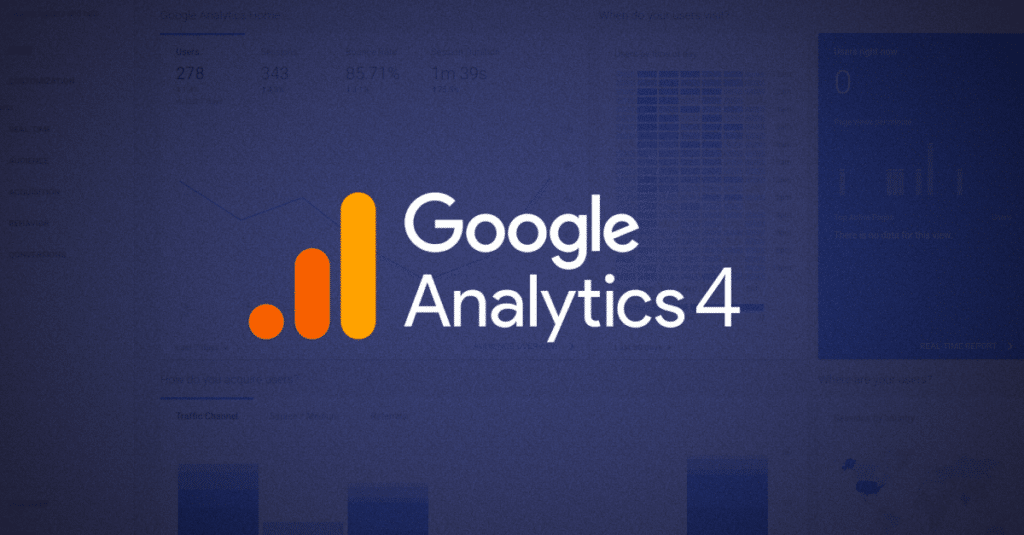Successful decisions are made with data

As time goes by, market conditions become more complex and companies face increasing challenges in making smarter business and marketing decisions that will fuel growth and ROI. In a report by Forrester, 41% of companies struggle to turn data into decisions.
Moreover, all of our digital behaviour is recorded. According to a report by McKinsey Global Institute, companies are now storing over 200 terabytes of data. Although large companies often sit on a vast amount of data, inaction is typically considered to be the main challenge in leveraging the insights from analytics.
With so much data at your disposal, establishing what data is relevant and how you use it, has become increasingly more important. In this article, we share what data-driven decision making is, and how your business and marketing team can benefit from it.
Data-driven decision making
Data-driven decision-making (DDDM) is information-based decision-making on hard data instead of observation, gut feelings or experience. Instead of going with a strategy you think is best, use the DDDM approach to group together historical information to analyze trends and make decisions for the future based on what has worked in the past.
In business, there’s always an element of risk, but data-driven decisions make you less vulnerable to risky decisions going wrong. Companies that embrace data-driven decision-making position data at the core of every decision they make experience various benefits, here are the most important.
Increase transparency and accountability
Showcasing that your decisions are based on hard facts and numbers will help your team and key stakeholders in your business to embrace it, even when it’s not a popular choice. Using data will also help you figure out how and why a result happened, and how to replicate it.
Increase consistency
If you follow the principle of basing your decisions on data, decisions will be consistent. Data-driven teams regularly make faster and better decisions with consistent results.
Leads to improvement
Gathering and analyzing data makes it easy to find and optimise almost any business challenge such as processes, bottlenecks and missed opportunities. And because the decision-making process is based on facts, it removes any gut feel and bias, allowing you to make confident and informed decisions.
Find new opportunities
Data has the potential to impact every facet of your business and can reveal surprising insights and opportunities such as new markets, products, and services.
Using data to drive marketing decisions
Since data-driven decision-making has all of these benefits, it makes sense to establish it with your marketing team.
Start with your strategy
Identify how data can help you achieve your goals and objectives, for example:
- Increase conversion rate
- Improve sales funnel
- Reach a specific target audience
Once you have your goal in mind, start building a strategy around it and identify which metrics you will need to measure and analyze.
Identify your data sources
Start by looking at the data you have at your disposal. Identify the sources which give you the most valuable information. Here are some of the top metrics used by modern marketing teams:
- Marketing qualified leads (MQL)
- Sales qualified leads (SQL)
- Funnel conversion rates
- Brand awareness
- Customer engagement
- Marketing spend per customer
- Return on marketing investment
- Lifetime value of a customer (LTV)
- Customer acquisition cost (CAC)
- Customer retention
It’s important to note that it is recommended that you get your data from different sources to prevent misleading results.
Collect and analyze your data
Now that you know which metrics to follow, you will need to find and choose someone that has a deep knowledge of data to properly collect and manage it. Data is only useful if you know what it represents, so the person in charge of it needs to know how to analyze and translate the data in to useable and useful insight.
Present your data
Data is useless unless you know how to read and present it to stakeholders. To put the data into action you need to present the data in a way that is easily understandable by those that have never seen it before. Tools like Google Data Studio helps you by pulling data from various sources, interact and build dashboards, and presenting it in a neat and visually appealing way. Use the dashboards to present key metrics and findings as well as projections for the future.
Measure success and repeat
Thomas Edison once said on the invention of the light bulb “I haven’t failed, I’ve just found 10,000 ways that didn’t work.” The same is true for data decision-making. You need to look at the data you originally collected and based your decisions on, then once the deadline for your goal arrives, compare the historical data with the data you have collected and ask yourself if your data-driven decision had a positive growth impact on your business and marketing efforts. If yes, see which marketing activities you can adjust to create further growth. If you have experienced a negative impact, then use the data you have to change your strategy.
Conclusion
Data-driven marketing can change the way you approach your strategies. It can result in constant learning and improvements, and fact-based decision making. If you want to improve your results, start making data-driven decisions, today!











